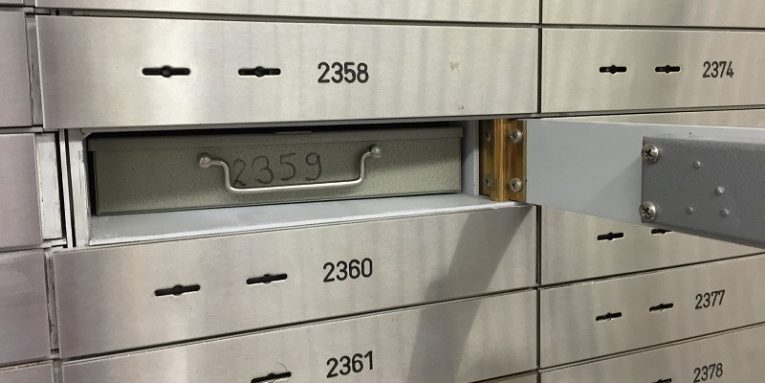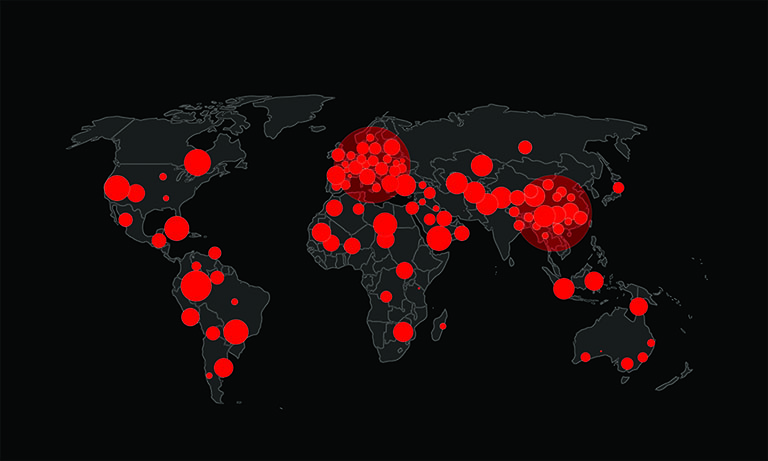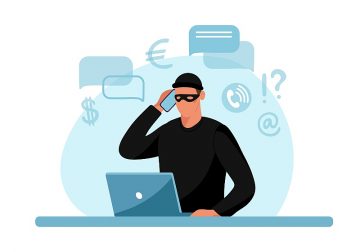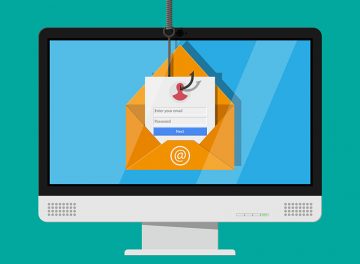Standard Chartered Bank - Transfer Confirmation Email Scam

Table of Contents
A Look Behind the Email
A message titled "Fund Transfer Confirmation" may sound like welcome news—perhaps a surprise deposit or a forgotten payment finally clearing. However, if this message claims to be from Standard Chartered Bank, it may be part of a widespread phishing scam that has nothing to do with the legitimate bank. These deceptive emails are made to trick recipients into handing over their email login credentials.
The fraudulent email often mentions a large amount—like $237,420—being transferred from a savings account, complete with a breakdown of fees. Its professional appearance and believable structure make it easy to fall for, but it's entirely fake. The goal is not to inform you of a real transaction but to draw you into a trap.
Here's what the fraudulent message says:
Subject: Fund Transfer Confirmation.......
Dear XXXXXXX,
The attached payment advice is issued at the request of our customer, the advice is for your reference only
You have successfully completed your Transfer Money transaction with the following details:
Please refer to the attached payment advice for your perusal,
Click below,fill up the details to view.Click Here To View Transaction Details →XXXXXXX.
Electronic Transfer Details
Confirmation Number 1672147934034
Transaction Date and Time Tuesday, Apr 22 2025; 09:32:17 PM (GMT +8)
Transfer From XXXX-XXX-528 (SAVINGS ACCOUNT)
Transfer To XXXX-XXX-565
Amount USD 237,420.00
Service Fee USD 220.40
Total Amount USD 237,640.40
NotesFor Example:
IBAN Number XXXXXXXX XXXXX678 (i.e. 15th - 19th character)
Account Number XXXXXXXX67801-GB69 (i.e. 5th - 9th character)DO NOT REVEAL YOUR PASSWORD to anyone and do not reply to this mail.
To ensure we continue to provide you with optimum service, it is important we have your
correct information. Kindly inform us of any changes to your company details with us when
they occur.For e-statement enquiries, you may contact the Client Services Group Europe team using
the normal contact details.Please note that you will need Adobe Acrobat Reader Version 5.0 or above to access your
statements. If you do not have one, you can access it from the Adobe site.Yours sincerely,
Standard Chartered Bank
What the Email Tries to Make You Do
At the center of the scam is a link to a fake login page. The email urges the reader to verify or view the transfer by clicking a button or link, which leads to a page that mimics the recipient's actual email login screen. Anyone who types their email and password into this page is handing that information straight to scammers.
Once scammers have access to an email account, they can use it for many purposes. These may include sending spam, posing as the victim, or even attempting to access other services linked to the email address, such as online banking, e-commerce platforms, or digital wallets.
Why These Emails Are Dangerous
While this particular scam doesn't install any harmful programs directly, it opens the door to deeper issues. With access to an email account, cyber criminals may search for sensitive details, reset passwords for other accounts, or impersonate the user in communications with friends, clients, or colleagues.
Additionally, some victims may use the same password across multiple platforms. If so, a scammer could easily gain entry to a wide range of accounts—from social media to financial services—causing financial loss or even identity theft.
How the Scam Avoids Detection
One of the reasons this scam is convincing is that the email appears professionally crafted. It mimics the tone, formatting, and branding of a real transaction notification. Gone are the obvious typos and red flags people might associate with scam messages—this one looks like the real deal.
Moreover, scammers often personalize the message just enough to make it feel relevant. Though the subject line and some numbers might change, the core goal is the same: to make the reader click and log in.
How You Can Spot and Avoid These Traps
If you receive an email about a bank transaction you don't recognize, do not click any links or download attachments right away. Instead, open a browser and visit the bank's official website directly or contact customer support to verify the information.
Always inspect the sender's email address carefully—it is often slightly altered or unrelated to the company being impersonated. Also, hover over links before clicking; many phishing emails use URLs that lead to suspicious or unfamiliar domains.
Best Practices for Staying Safe
To reduce the risk phishing scams like this one, enable two-factor authentication (2FA) on your accounts. That way, even if someone does get your password, they won't be able to log in without the second verification step.
Avoid reusing passwords across services. Consider using a password manager to create and store strong, unique passwords for every single account.
What To Do If You’ve Clicked
If you entered your credentials on a phishing page, change your password immediately—not just for the compromised account but also for any others using the same login. Notify your email provider and review account activity for anything unusual.
It's also a good idea to alert any services connected to that email address. If banking or payment services are involved, contact their support teams right away to place additional monitoring or restrictions on the account.
Final Thoughts
The "Standard Chartered Bank – Transfer Confirmation" scam reminds us that not all threats come through obvious channels. Phishing emails are increasingly polished and persuasive, often using real-world names and details to seem legitimate. Staying informed and cautious is the best way to avoid being tricked. When in doubt, go directly to the source rather than trusting the message in your inbox.








